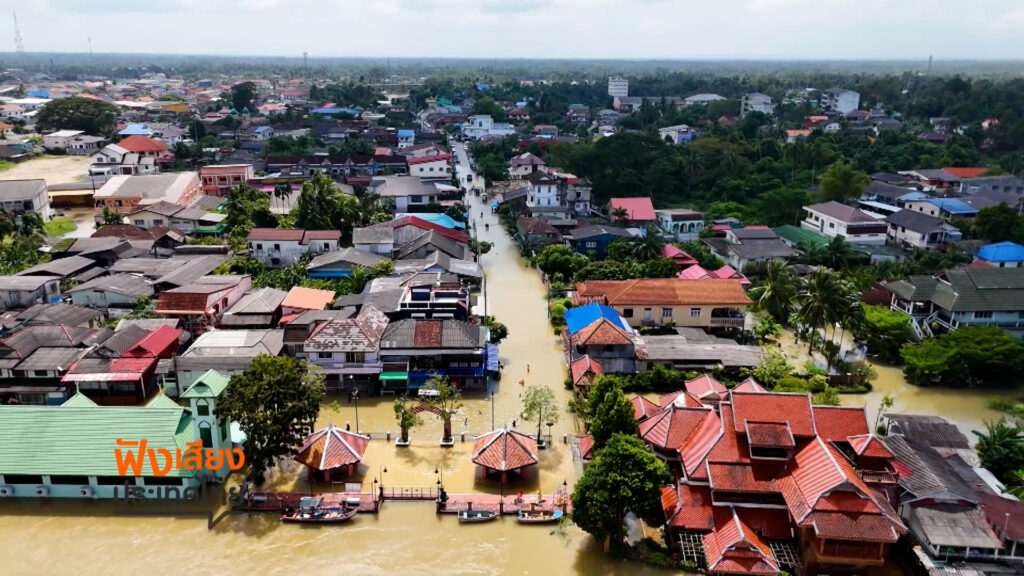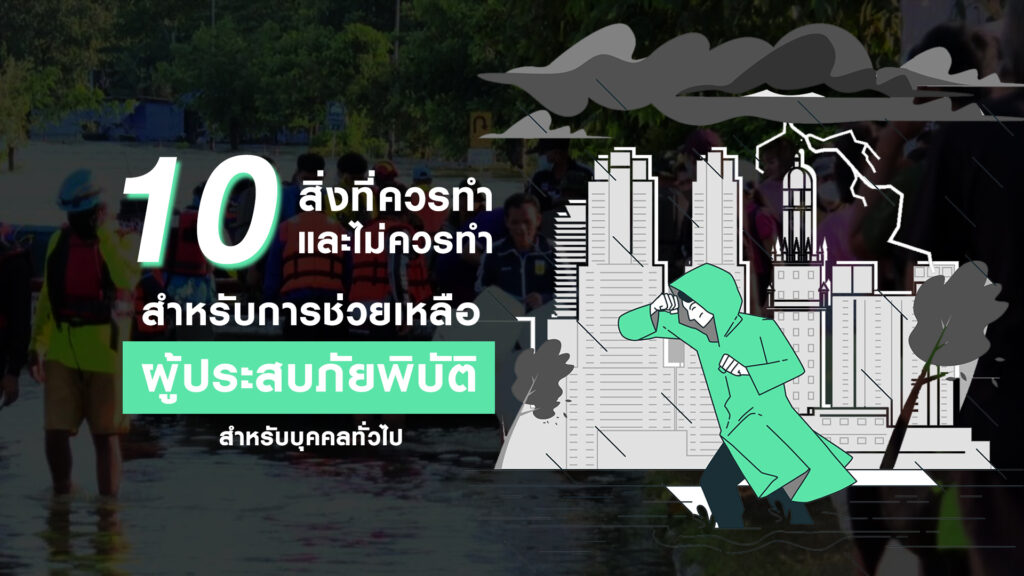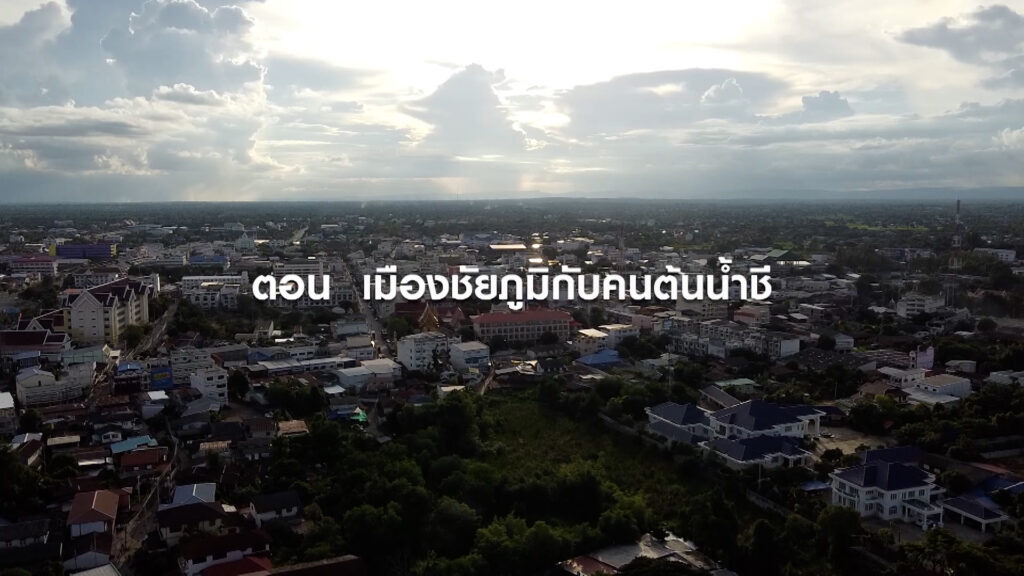“ภาคประชาสังคมจะทำอะไรได้บ้าง และสื่อมวลชนควรจะสื่อข่าวสารอย่างไรในภาวะวิกฤตและเพื่อลดความเสี่ยงจากภัยพิบัติ” เป็นคำถามนำในเวทีคู่ขนานของกลุ่มภาคประชาสังคม ที่ประชุมสุดยอดสื่อสารมวลชนว่าด้วยการเปลี่ยนแปลงสภาพภูมิอากาศและการลดความเสี่ยงจากภัยพิบัติปี 2559 (2nd ABU Media Summit on Climate Change and Disaster Risk Reduction) ที่ จ.กระบี่ เมื่อวันที่ 12 พ.ค.2559 โดยมีเป้าหมายเพื่อร่วมกันกำหนดทิศทางการสื่อข่าวสารในภาวะวิกฤต และเพื่อลดความเสี่ยงจากภัยพิบัติ ผ่านภาคเศรษฐกิจ สังคม วัฒนธรรม รวมถึงมาตรการด้านสิ่งแวดล้อมอย่างเป็นรูปธรรมกับการลดความเสี่ยงจากภัยพิบัติ โดยมีภาคประชาสังคมจาก หน่วยกู้ภัย เครือข่ายตัวแทนชุมชนในพื้นที่เสี่ยงภัยพิบัติ นักวิชาการ และนักสื่อสารชุมชน

วันนี้ (13 พฤษภาคม) จากเวทีคู่ขนานร่วมลงนามปฏิญญากระบี่ว่าด้วยการนำเสนอข้อมูลข่าวสารในสถานการณ์ภัยพิบัติ จึงเกิดเป็นการรวมกลุ่มกันของภาคประชาสังคมในนาม “เครือข่ายสื่อสารเพื่อลดความเสี่ยงภัยพิบัติและการเปลี่ยนแปลงสภาพภูมิอากาศ” พร้อมกันนี้ได้ร่วมกันออกแถลง “ปฏิญญากระบี่ ภาคประชาชน” ดังนี้
=============================
ปฏิญญากระบี่ ภาคประชาชน
เครือข่ายสื่อสารเพื่อลดความเสี่ยงภัยพิบัติและการเปลี่ยนแปลงสภาพภูมิอากาศ
จากการระดมพลัง และความคิด ในเวทีคู่ขนานภาควิชาการ สื่อภาคพลเมือง และภาคประชาสังคม เราแลกเปลี่ยนประสบการณ์จากปฏิบัติการจริง และบทเรียนที่ประสบ เราเรียนรู้ว่า เราสามารถพัฒนานวัตกรรมสำคัญสองเรื่อง
1. การยกระดับเครือข่ายทางสังคมที่มีการบรูณาการความรู้อันหลากหลายจากภาควิชาการ สื่อ และประชาสังคม อันเป็นเครื่องมือและกลไกที่สำคัญที่สุด ในการลดความเสี่ยงภัยพิบัติและการเปลี่ยนแปลงสภาพภูมิอากาศ ทำให้มีความพร้อมในการตั้งรับปรับตัวก่อนเกิดภัยพิบัติ
2. การพัฒนาระบบข้อมูลและการสื่อสารเพื่อลดความเสี่ยงภัยพิบัติและการเปลี่ยนแปลงสภาพภูมิอากาศ เช่น ระบบติดตาม Hot Spot ในพื้นที่ภาคเหนือของไทย และโปรแกรมคำนวณสภาพภูมิอากาศฯ โดยนวัตกรรมนี้ ประชาชนสามารถเข้าถึงและมีส่วนร่วมพัฒนาข้อมูลด้วยตนเอง ขณะเดียวกันเราเล็งเห็นว่า ระบบการสื่อสารภาคประชาชนยังถูกจำกัดสิทธิการเข้าถึงด้วยกฎหมาย
นอกจากนี้ เราพบว่าการเพิ่มศักยภาพในการสื่อสารของภาคประชาชนที่หลากหลาย สามารถลดความเสี่ยงจากภัยพิบัติและการเปลี่ยนแปลงสภาพภูมิอากาศได้อย่างมีประสิทธิภาพ
เราเชื่อมั่นว่า สื่อหลัก มีบทบาทสำคัญในการสื่อสารข้อมูลอันเชื่อมโยงในระดับท้องถิ่นสู่สังคม รวมถึงผู้กำหนดนโยบาย สื่อหลักต้องปรับเปลี่ยนการแข่งขันในอุตสาหกรรมสื่อ เป็น “แบ่งปัน” จากการสร้างการมีส่วนร่วมในการสื่อสาร การเชื่อมโยง สื่อสารความจริง ที่ชัดเจนและรวดเร็ว ตลอดจนนำเสนอข้อมูลที่ซับซ้อนให้ประชาชนเข้าใจได้ การติดตามตรวจสอบผลกระทบจากการปฏิบัติงานของสื่อ (journalism effects) โดยต้องให้ความสำคัญในการสื่อสารจากประชาชนเป็นอันดับแรก
เราเชื่อมั่นว่า ข้อมูลและเทคโนโลยี การสื่อสารจากภาคประชาชนเป็นกลไกสำคัญยิ่ง ที่จะนำไปสู่การเตรียมพร้อมรับมือภัยพิบัติในรูปแบบต่างๆ โดยผสานมุมมองด้านศิลปวัฒนธรรมในวิถีของผู้คน เพื่อยกระดับจิตสำนึกและจิตวิญญาณ
จากประสบการณ์จริงในการทำงานของพวกเรา เรารู้ดีว่าโลกนี้ร้อนขึ้นเพราะฝีมือของเราทุกคน ดังนั้นเราต้องร่วมกันหยุดพฤติกรรมที่ทำลายโลก…
โลกผู้ให้กำเนิดกำลังเผชิญการเปลี่ยนแปลง
เราทุกคน คือ ผู้สร้าง และผู้เปลี่ยนแปลง
==============================
Krabi Declaration: The Civil Society’s Declaration
Communication Network for Climate Change and Disaster Risk Reduction
A representative of civil society network for Climate Change and Disaster Risk Reduction.
Even though looking from above, from the view of the scientists and media profession, the civil society might seem to be lacking the knowledge about the Climate Change and Disaster Risk Reduction, but according to our brainstorming meeting in the parallel session yesterday, we realize that by being so close to the situations, we already developed two major innovations in the area of social and technological innovations:
The first one: Social innovation. We have strengthen the social network that integrates diversed knowledge from local academics, universities, media and civil society. This diverse network is the most important tool and mechanic for dealing with climate change and disaster risk reduction.
We are aware that the most important phase of disaster and climate change communication must happen before the disaster takes place. And in this phase there is no other institution which is more suitable to assist the people to prepare and to adapt like the civil society organizations, namely, schools, temples, and alike. This is because even though the problem is taking place globally, the disaster almost always take place locally.
Besides the social innovation, we also make technological innovation for our lives and our survivals, for instance, showing hotspot tracking system in Northern part of Thailand and we also develop an application to predict the pattern of climate change in our local areas and environmental contexts. With this kind of innovation, the people will be able to have an access and to participate in developing their own information system.
Unfortunately, even though we have seen this kind of progress and innovations from the people, we also see that the people’s communication system is still limited due to the law. For example the use of emergency radio frequency is still reserved for governmental use only during a disaster. We wonder how can the people develop the skill in using such frequency if they don’t have the access to the emergency frequency before the disaster strikes.
This example is our finding that the best communication system for disaster must build on the people’s capacity to use diverse communication systems. To remove the contradiction between the real practice and the limitation of the laws is a very important step in reducing risks from the climate change and disaster.
During the disaster, we believe that the mainstream media can play a major role in communicating relevant information. However, the mainstream media policy makers and editors from various stations must change the strategy of disaster reporting from “competing to report the latest and sensational news about disaster” to “sharing their expertise and resources in making a comprehensive news coverage” by enhancing participatory, relevant, and truth seeking communication. The mainstream media should also make complex scientific findings understandable and relevant to the public. The media should also develop a mechanism to prepare themselves for emergency reporting which is well planned and go beyond re-action report which can only touch the surface of the disaster and leave the real stories behind. People also should be able to monitor the media and their practices during disaster reporting. Because many times with good intention, media can cause more harm than help by re-victimize the disaster victims.
We believe that information, technology and people’s means of communication will be the most significant mechanic that leads to preparedness in any forms of climate change. They should be integrated with socio-cultural knowledge and livelihood of the people in order to strengthen new consciousness without the negligence of our spiritual dimension.
We all know that the world is heating up because of our hands and actions; therefore, media and the people must use the best of communication tools to wake the people up and stop government policy and industry that destroy our livelihoods and the earth.
The mother earth is now facing a dire situation.
In the end, we are all agents of change.



